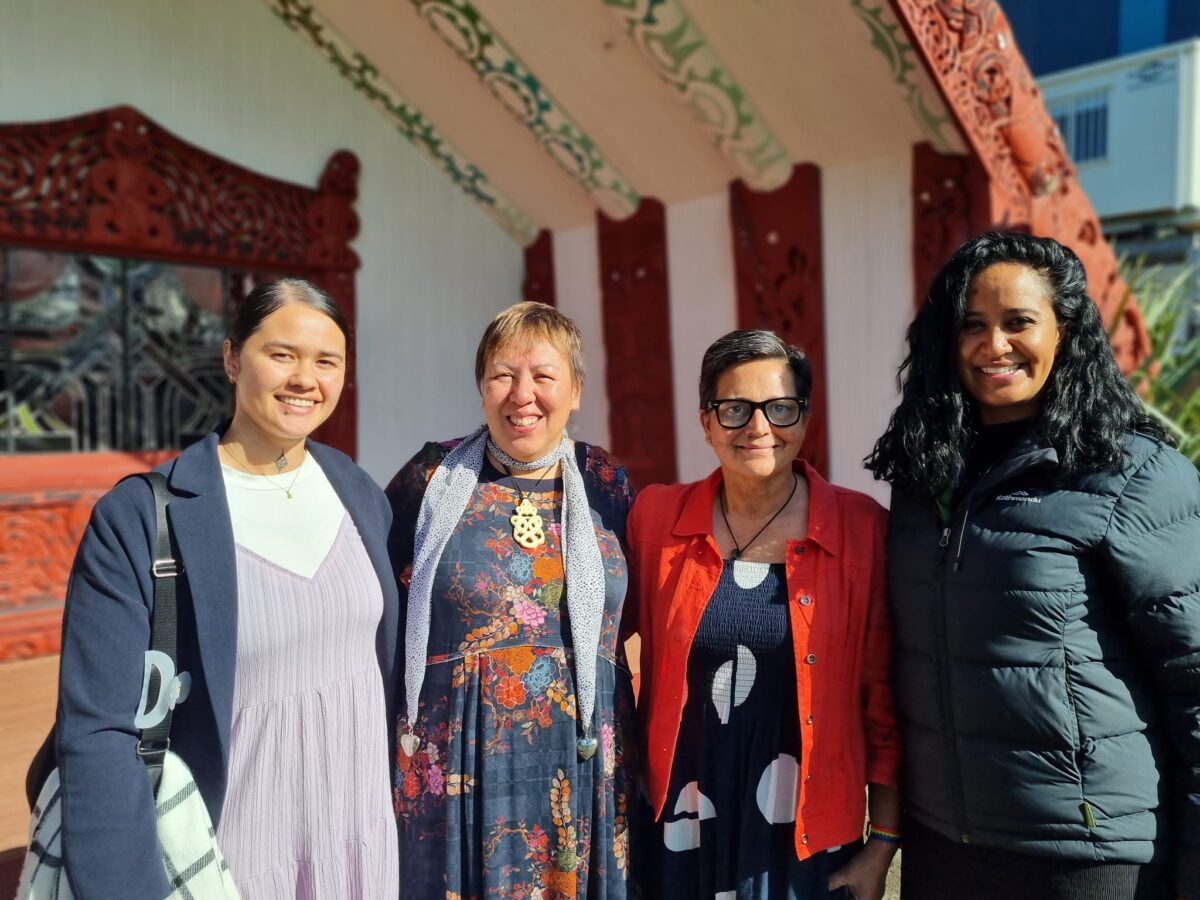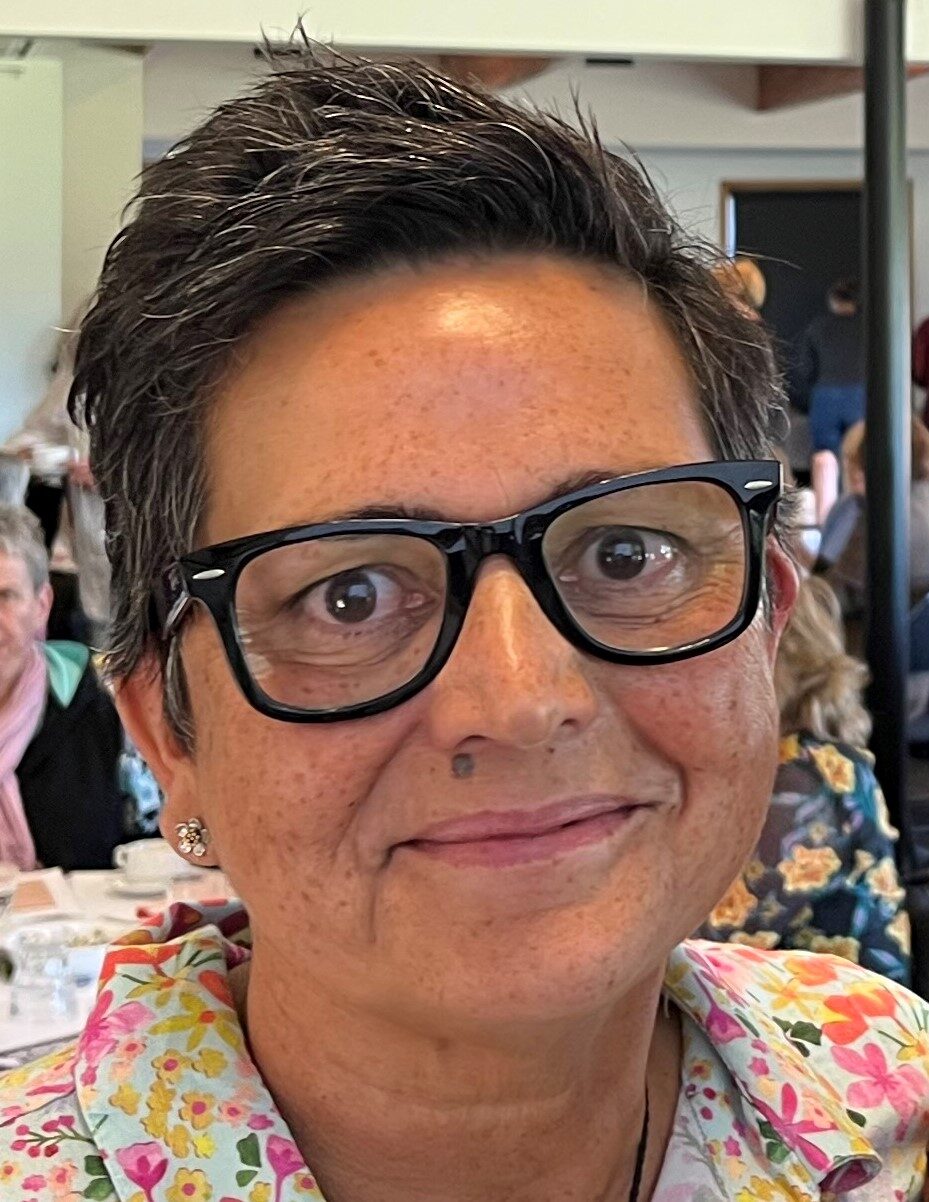
|
|
Senior Māori nurse Coral Wiapo
“What needs to happen really is some action. Just make it happen.” |
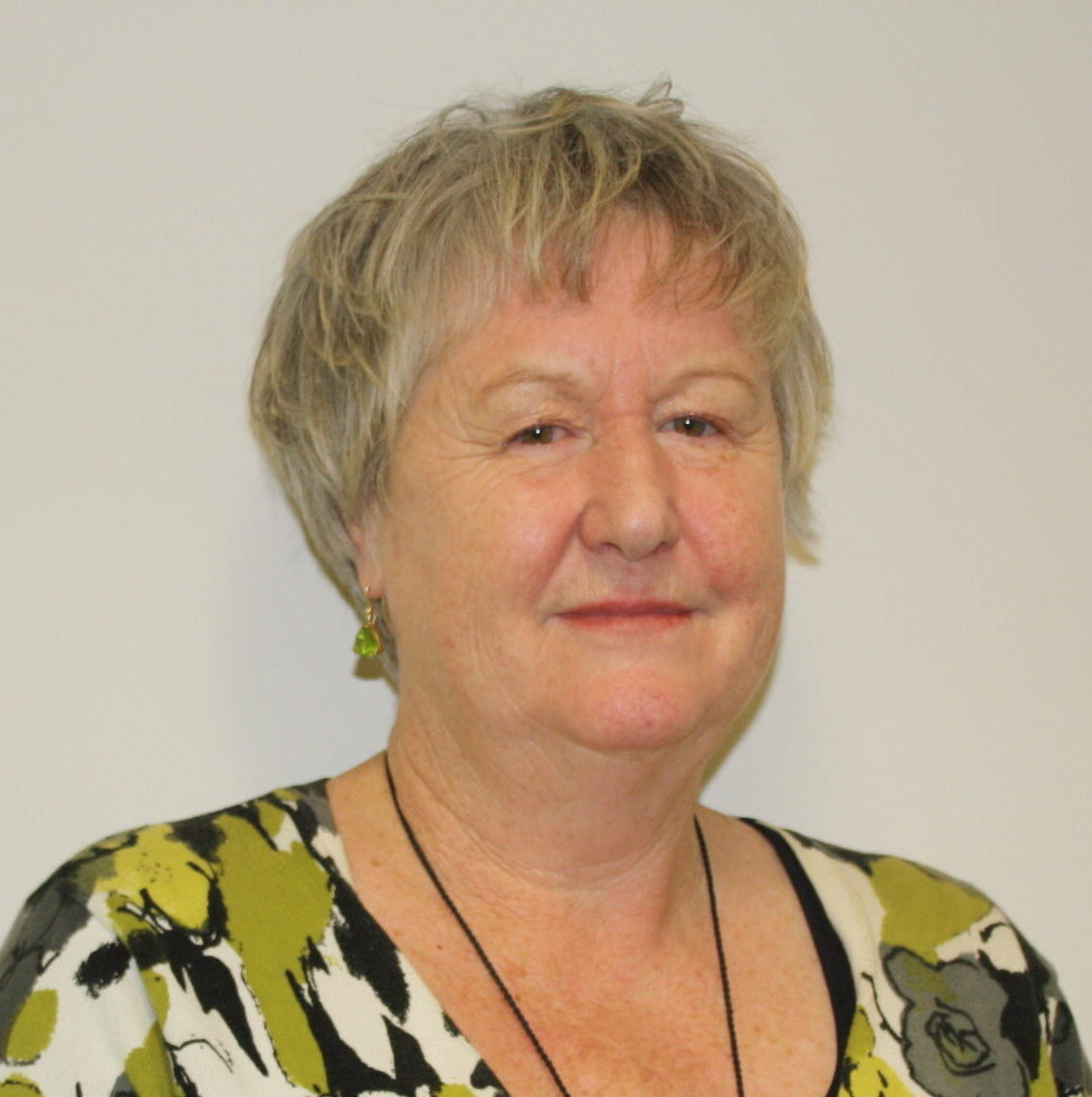 |
Nursing educator Kathy Holloway
“If every clinical ward or primary care service had additional funding ringfenced for clinical coaches, that would support student learning as part of the process of being a health service provider – that might help.” |
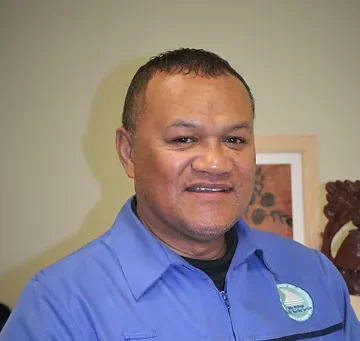 |
Pacific nurse specialist Kupa Kupa
“What we want is top quality services for our Pacific people. You have to have top quality nurses to do that.“ |
Funding, strong relationships and a kaupapa Māori, community-led approach — these are all key to the success of a Te Tai Tokerau earn-as-you-learn initiative which has seen the number of enrolled nurses (ENs) more than double in the region in the past two years.
Coral Wiapo (Ngāti Whātua o Kaipara) is Te Tai Tokerau coordinator for the University of Auckland (UoA)’s EN workforce development programme.
“At the time this started, there were six ENs working in primary health care (PHC) across Te Tai Tokerau — one of whom was Māori,” Wiapo told Kaitiaki Nursing New Zealand. Now there are 13 ENs in the region’s PHC workforce with another six expected by the end of the year — “a significant increase”, Wiapo said. Of those, 14 are Māori and three are Pasifika.
Wiapo compares this increase to the “stagnant” rate of Māori in the nursing workforce, which has sat at around seven per cent for the past 30 to 40 years, compared to a Māori population of 17 per cent.
“An intentional funded approach has, in a very short period of time, completely changed the percentage of our workforce – so we know it’s really achievable,” she says. “The difference is the funding. Also it’s bottom-up – it’s come from the community and our providers.'”
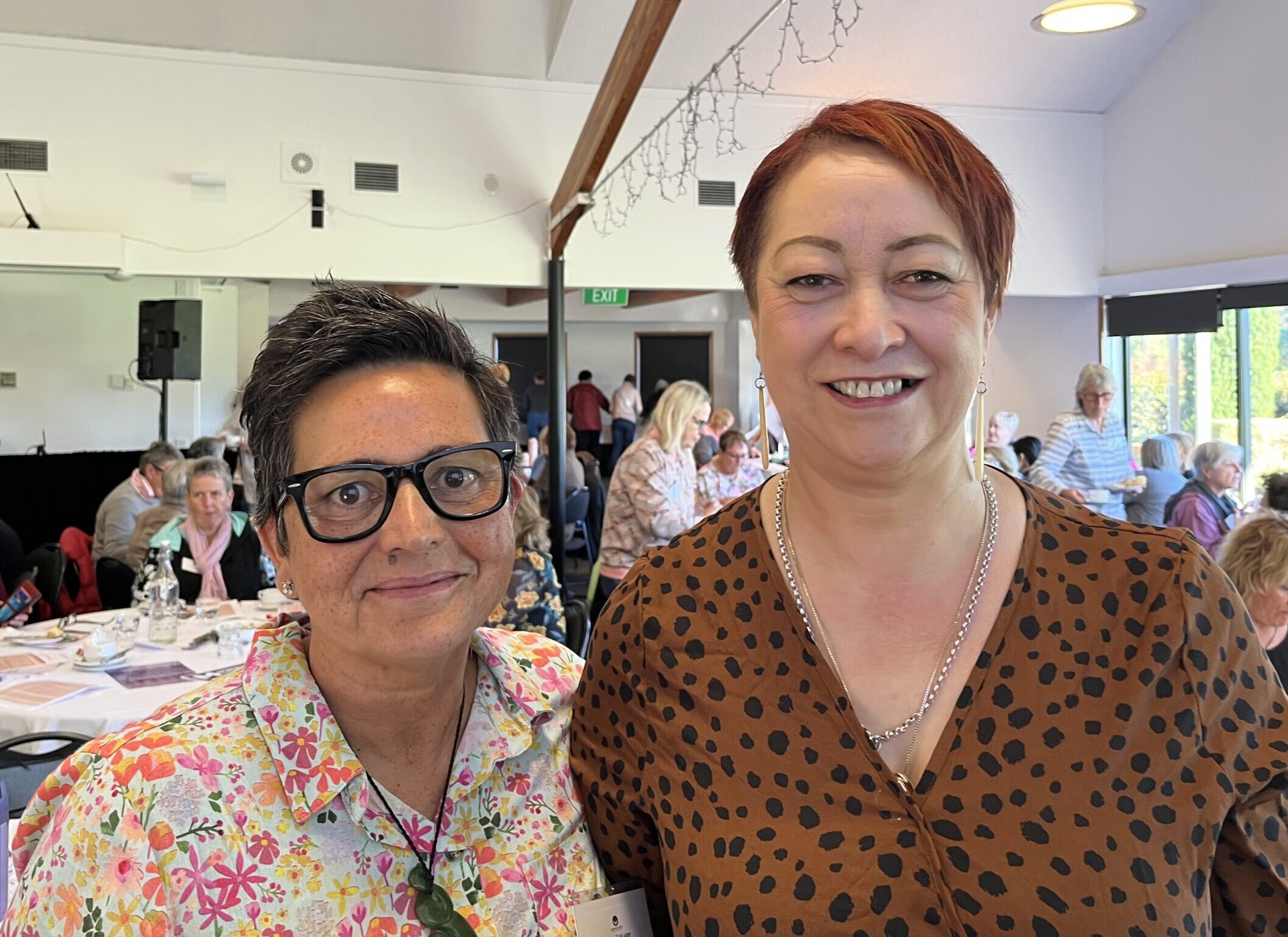
The kaiāwhina-to-nursing initiative gives Māori the chance to study enrolled nursing fees-free on an 18-month course at NorthTec, in Whangārei, with an income during their studies and a guaranteed job at the end.
It brought together Te Whatu Ora, Māori and iwi health providers and Te Pūkenga to help kaiāwhina (unregulated health workers) make the leap into nursing.
Iwi providers employ the ākonga as kaiāwhina, then release them to study full-time. The employers must also provide clinical placements to other ākonga.
Through its mental health and Māori health directorates, Manatau Hauora/Ministry of Health, pays for the double salaries, course fees and materials such as laptops, travel costs and “milestone” payments for student progress — in all, about $78,000 per student over the 18 months, Wiapo says.
‘This is a really small investment for a nurse who is invested in her community, already has relationships with whānau, and is highly likely to remain working in that community for decades.’
Wiapo says strong relationships have been crucial — and there have been “win-wins for everyone”. NorthTec has gained more primary health care placements for students; iwi providers have qualified ENs; “and our kaimahi are getting to meet their long-held aspiration of being nurses, so that’s a significant difference for them, their whānau, their hapū, iwi”.
Another key is that it is designed by Māori, for Māori and is immersed in te ao Māori, says Ebony Komene, (Ngāpuhi, Ngāti Pikiao, Ngāti Whakaue, Tapuika) who works with Wiapo on the programme.
‘Just make it happen’
You can’t simply take the kaiāwhina-to-EN initiative and “plonk it down” around the country as a way to increase Māori registered nurses (RNs), Wiapo says. “The difference between 18 months and three years for a provider to release somebody to study is quite significant”. However, there are ways to unroll it nationally.
“I think there needs to be a commitment from Te Whatu Ora, and that funding needs to come through Te Aka Whai Ora and out into the community,” Wiapo says.
This is a “really small investment for a nurse who is invested in her community, already has relationships with whānau, and is highly likely to remain working in that community for decades”.
‘What we want are Māori nurses who can work across multiple areas, and not being bonded to a particular area or region.’
“We know there is lots of workforce funding out there – this is not necessarily about new money, it’s about redirecting what’s already there, to prioritise Māori and Pacific and also our homegrown workforce. Who’s got the money? That’s what it’s going to come down to,” Wiapo says.
Any funding must also be free of restrictions. “What we want is Māori nurses who can work across multiple areas, and not being bonded to a particular area or region.”
“Many of our Māori nurses don’t want to work in the hospital system – they want to work in the community. They already live in those communities, so we need to support them to be able to stay . . . they’re invested in those communities,” Wiapo says. “They’re rural as well, so this really addresses that challenge around not being able to get nurses to live and work rurally.”
And if extended, it must keep its integrity, based as it is on a Māori world view, a network of relationships and genuine earn-as-you-learn model.
“What needs to happen really is some action. Just make it happen.”
Te Whatu Ora said via email that final decisions on which programmes would be implemented across the country would be made over coming months, as part of its health workforce plan. However, priority areas were Māori, Pacific and whaikaha (disabled) workforces, as well as those with acute shortages like nurses and midwives.
It was considering a mix of initiatives to provide cultural and mentoring support for kaimahi Māori. That included clinical coaches, more funding for Māori to access postgraduate and vocational training across health professions including in primary, community, rural and rongoā settings, Te Whatu Ora said.
‘A flourishing environment for health and wellbeing, particularly in Māori, Pacific, and underserved communities, starts with flourishing environments for our nurses.’
Unsafe staffing ‘severely’ impacts nurse wellbeing
Komene — a member of NZNO’s nursing research section — said ongoing unsafe staffing levels at a time of increasingly complex health needs was having a cumulative and severe impact on both nurse and patient wellbeing.
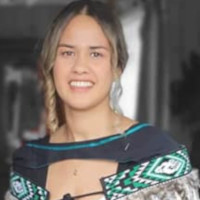
“A flourishing environment for health and wellbeing, particularly in Māori, Pacific, and underserved communities, starts with flourishing environments for our nurses,” she said.
Critical nursing shortages were the “single most detrimental issue facing nurses’ well-being today,” she said. Understaffing “severely” impacted nurses’ time with patients and co-workers, making early interventions less likely, impacting patient safety.
Māori and Pasifika nursing workforces in particular needed support to grow and flourish, in order to reflect and respond to their communities with culturally appropriate care, Komene said.
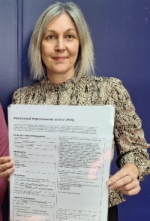
While the Government’s health workforce plan was to continue high overseas nurse recruitment in the short-term to fill the gaps, it also proposed more funding to support Māori and Pasifika enter the health workforce — and to be better supported in it, she said.
NZNO delegate Janferie Dewar — who is leading a battle with Waikato Hospital over unsafe staffing in its emergency department — said relentless understaffing was causing widespread moral distress, burnout and nurses quitting the profession.
“When nurses/HCAs have workloads that are unreasonable across months and years, it contributes to professional distress at being unable to provide the level of care that is at the core of nursing,”
Pacific values crucial
Porirua Pacific health nurse Kupa Kupa said Pacific communities in Aotearoa endured some of the most “complex” health issues and co-morbidities — and so required the most expert and skilled care from nurses.

“What we want is top quality services for our Pacific people. You have to have top quality nurses to do that,” says Kupa, a co-leader at Vaka Atafaga Pacific nursing services.
‘[Pacific] nurses need to put themselves up and really believe in themselves.’
Culturally safe learning environments like the Pacific nursing programmes at Whitireia and Manukau Institute of Technology (MIT) were great environments to supported skilled Pacific nurses. But they needed to be backed up by clinical placements with a range of Pacific providers providing strong support from experienced Pacific RNs were also needed.
More Pacific nursing kaiako — teachers and preceptors — in schools and workplaces, alongside culturally safe and diverse professional development, would also help.
Higher learning, too, drew respect and created confident nurses who could step into more senior and leadership roles, widening their influence, said Kupa, who has completed a masters in health and is halfway through a PhD on Tokelauan resettlement here.
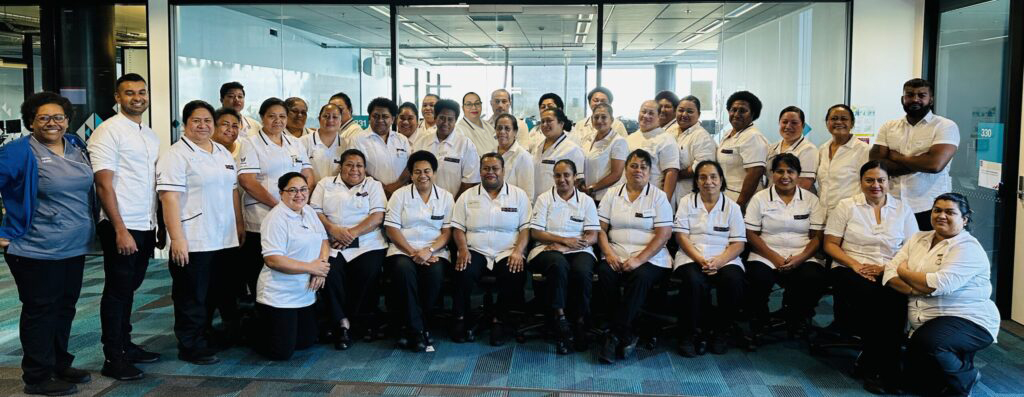
“[Other health professionals] start to listen and they start to value what you have to add or what you advise” he said. “Nurses need to put themselves up and really believe in themselves . . . But to do that, they need to continue to upskill, continue to build on their confidence, continue to build on their relationships with others.”
But the most important things were values — “that is a key element to the whole brilliant nurse package”, says Kupa, a member of NZNO’s Pacific nursing section.
‘Sheer pressure’ of studying
More financial support would also help attract and retain Pacific nursing students, who mostly had to keep working during their studies, Kupa said.
“If we learn from the apprenticeship model . . . people are paid to learn — they should be developing that (in nursing). There has to be some incentive along the way.”
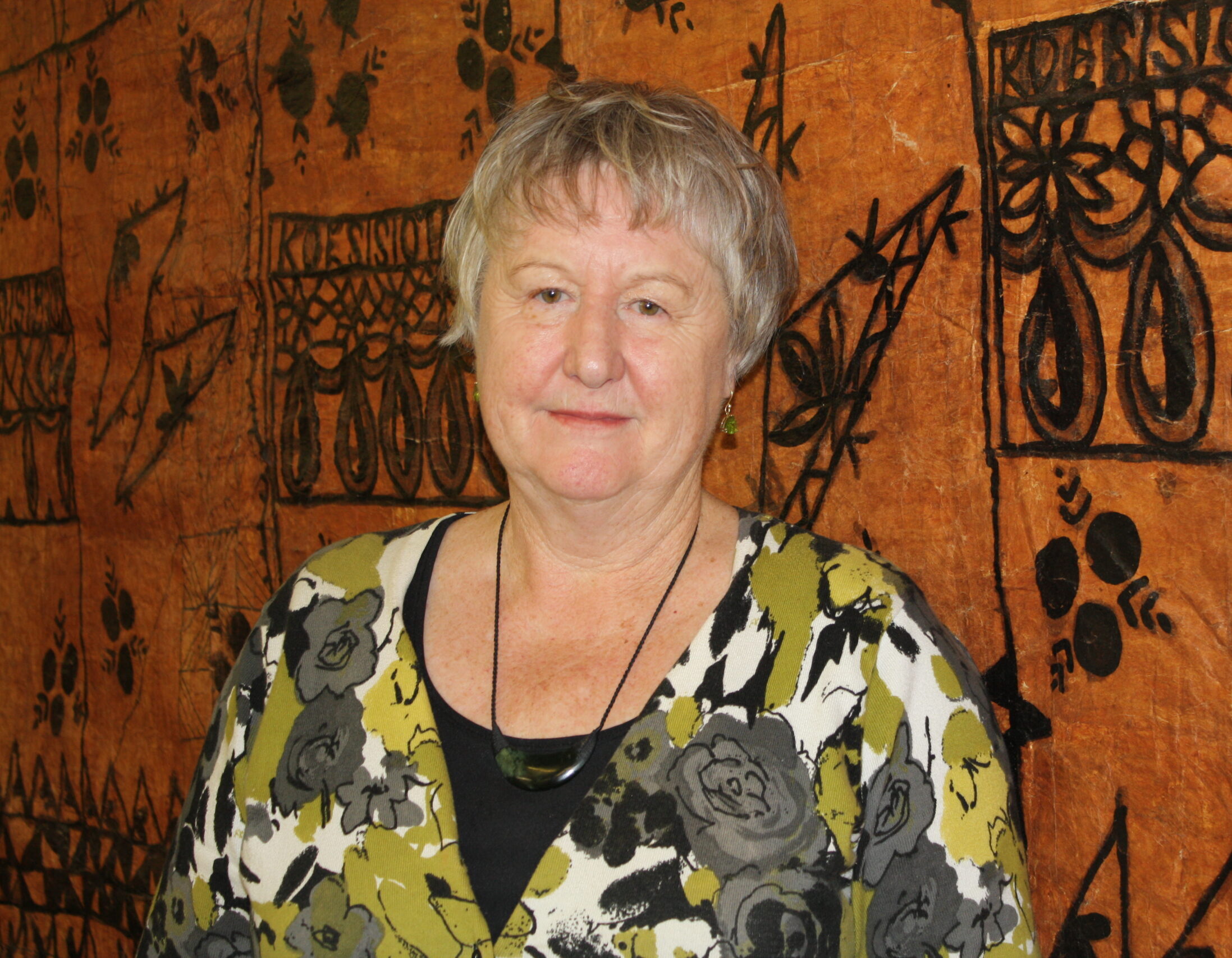
Head of nursing, midwifery and health practice at Te Herenga Waka Victoria University of Wellington (VUW), Kathy Holloway, believes multiple pathways into nursing and financial support for students are key to a sustainable, locally-grown workforce.
‘If a nurse graduates from a BN with a $35-40,000 debt, that’s terrible.’
Post-graduate pathways (such as VUW’s two-year master of nursing practice) and poutama / flexible training pathways, which support unregulated health workers into enrolled or registered nursing, were all useful entry points alongside the BN degree, she said. More BN Pacific and BN Māori programmes with a specific cultural focus were also likely to attract and retain diverse students.
But the biggest barrier to training more nurses was the “terrible” financial strain, Holloway said.
“Yes, the academic work is challenging and, yes, there are clinical contexts we need to work on as there is horizontal violence and racism . . . but if we could solve some of the financial strain — if a nurse graduates from a BN with a $35-40,000 debt, that’s terrible.”
NZNO has long called for more financial support for nursing students, a third of whom drop out — with higher drop out rates for Māori and Pasifika.
Paid placements for trainee RNs are not currently permitted by the Nursing Council, which requires clinical learning to be exclusive of paid employment “to protect the quality clinical learning of the student”, chief executive Catherine Byrne said.
‘So a stipend for them . . . would get away from the notion of paid hours.’
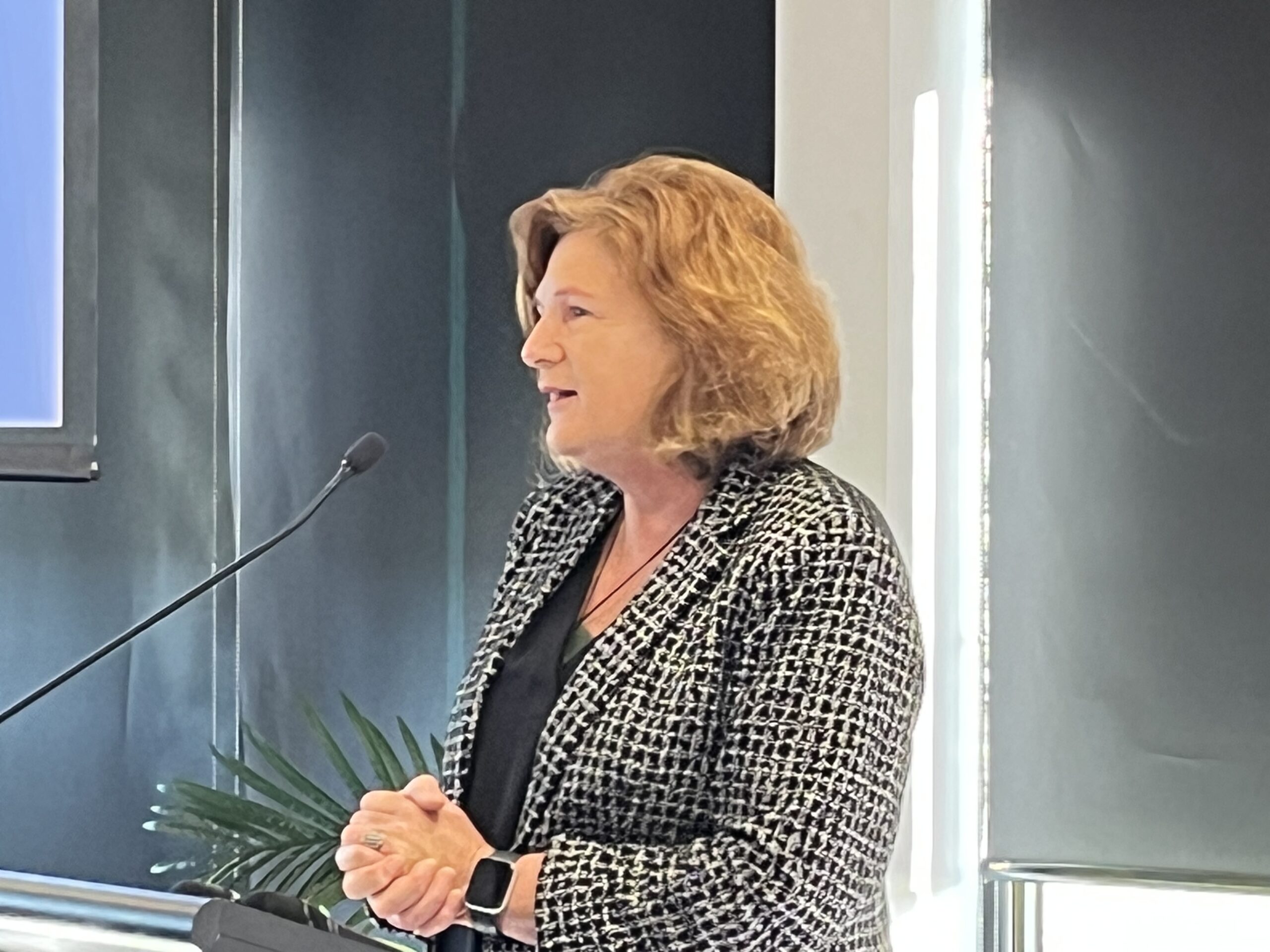
However, Holloway suggests third-year nursing students doing their required nine weeks of placement could easily be paid a stipend.
“That nine-week placement creates a real challenge for students who’ve got a job to pay their rent, because you need to do a fixed roster – they’re doing flexible rotating shifts like a practising nurse would. So it’s hard to keep another job going at the same time. So a stipend for them, I think, which would get away from the notion of paid hours.”
Byrne acknowledged financial hardship experienced by nursing students was a “real concern”. While paid placements were not permitted under its education standards (4.8), there was nothing to prevent students being paid a stipend, she said.
“The council welcomes the continued working with the sector leaders to progress discussions regarding financial assistance to nursing students where the quality of clinical learning is upheld.”
‘They do masses of placements in their third year — let’s pay them an actual living wage for doing that work.’
UoA nursing professor Jacquie Kidd (Ngāpuhi) agrees paying students in their final year would be one of the best way to support Māori and Pacific nursing students — who often had whānau responsibilities — into the workforce.
“For third-year nursing students, that would help immensely just about right away. Because it cuts to the reason we lose so many in that last year – just the sheer pressure,” Kidd says.

“They’re trying to study and maintain those responsibilities, so that means going out and working. And balancing a job and placement – where you’re working for nothing – is just really hard, so let’s take that pressure off them,” she said.
“They do masses of placements in their third year — let’s pay them an actual living wage for doing that work.”
Nursing apprenticeship?
Holloway said the United Kingdom had a nursing degree-apprenticeship model with high retention rates, for people who may not be able to afford tertiary study. It allows RN “interns” to be employed fulltime by the hospital, but released for study and clinical placements elsewhere.
“Come and work for us for three years, we will pay you, we will support you to do your studies.”

Fund and normalise preceptorship
Also key was the need for preceptorship to become a normal part of all health workplaces — rather than the current, under-resourced “grace and favour” system, Holloway believes.
‘They offer support to younger nurses because of their knowledge base but also because of their wisdom.’
Funding for extra staff, to free nurses up to spend time with the students was needed. “If every clinical ward or primary care service had additional funding ringfenced for clinical coaches, that would support student learning as part of the process of being a health service provider – that might help.”
Staffing numbers & skill mix
Retaining experienced nurses and encouraging further study were also key to a flourishing workforce, Massey University senior nursing lecturer Kerri-Anne Hughes says.
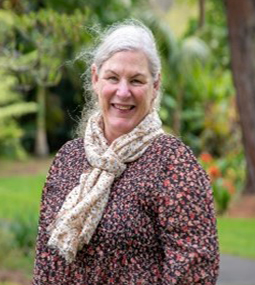
“It’s not just one thing – it’s not just about having good numbers of academics and researchers and experienced RNs. You’re talking about skill mix on the wards, retention of your experienced nurse, as well as your inexperienced nurses. So a lot of factors feed into that workforce environment that supports nursing.”
‘Professional development means evidence-based practice and research – and that’s what defines us as a profession.’
As professionals, nurses needed to be continually developing their skills, “and professional development means evidence-based practice and research – and that’s what defines us as a profession”, Hughes said. “And nursing has fought hard to be a profession.”
‘Seeking solutions’ — Te Whatu Ora
Te Whatu Ora told Kaitiaki via email it was not considering paid placements as they had a “significant cost” and were not allowed under current regulations. Instead, Te Whatu Ora and Te Aka Whai Ora were looking at scholarships to “grow pathways for all nursing students” as part of its health workforce plan.
‘We know our workforce should represent the communities we serve, this includes culturally safe preceptorships for our nursing workforce.’
Asked whether a third-year nursing student stipend would be possible, Te Whatu Ora said it was working with the Nursing Council, education providers, students and employees to find a solutions to a number of earn-as-you-learn and placement challenges.
Te Whatu Ora and Te Aka Whai Ora were committed to supporting Māori and Pacific into the health workforce.
“We know our workforce should represent the communities we serve — this includes culturally safe preceptorships for our nursing workforce.”
The existing nurse-entry-to-practice (NETP) programme supported nurses who identified as Māori to “confidently walk in both Māori and non-Māori/Western worlds”.
It also planned to engage more with Māori and Pacific health providers to attain more clinical placements.
To support more Pacific people into the health workforce, it planned to expand initiatives like the Aniva future Pacific nurses leaders programme, Auckland’s Pacific health science academies and Otago’s Pacific opportunities programme nationwide. There were also plans to get more Pacific nurses on the nurse practitioner training programme and support a new graduate diploma in nursing Pacific with scholarships and placements.
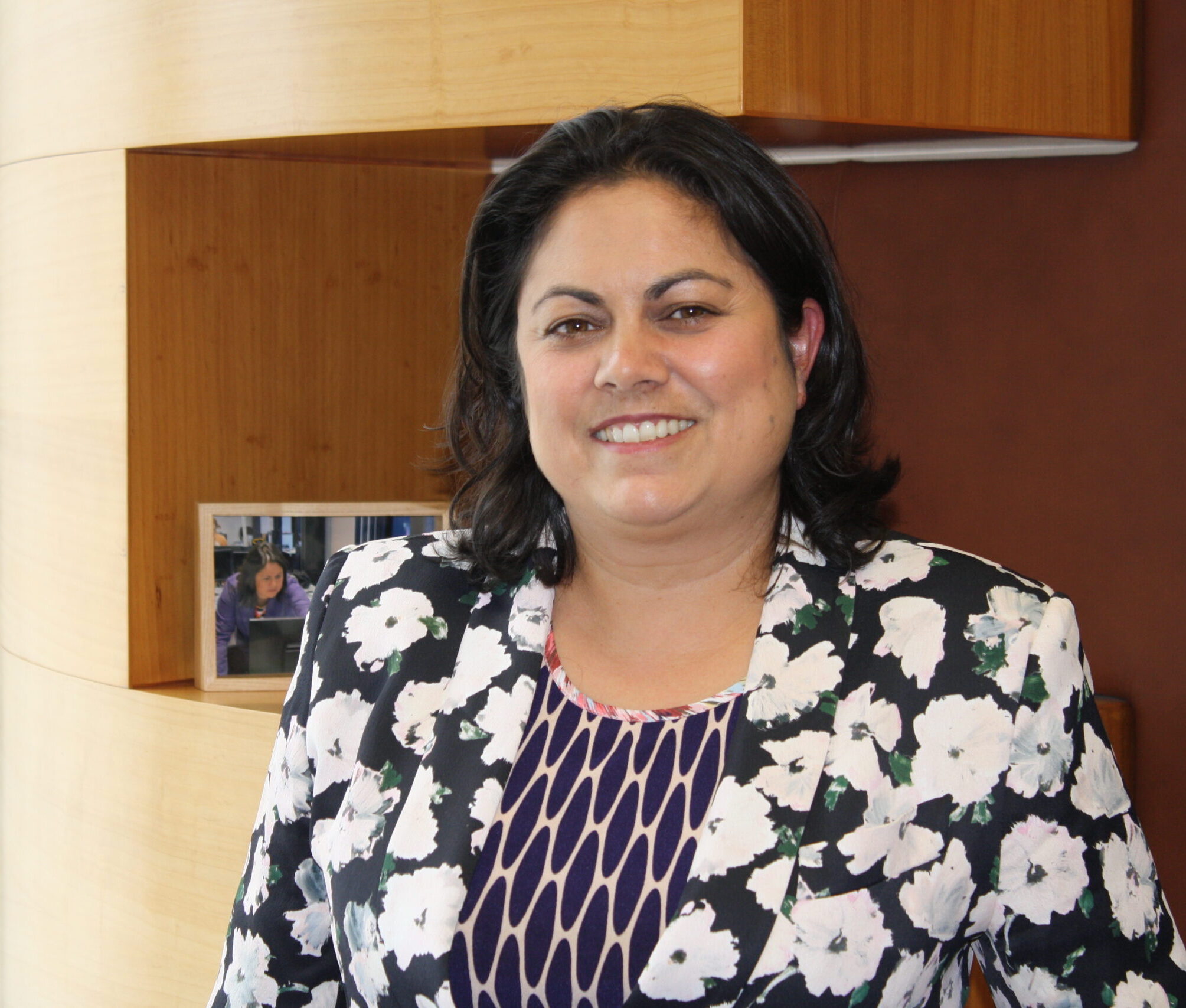
Last month the Government released a health workforce plan which aims to cut nursing student drop-out rates from 30 to 20 per cent and support the existing health workforce with a range of measures including nutritious food and better psychological support for staff. Minister of Health Ayesha Verrall committed to boosting nursing student numbers by 10 per cent, citing NZNO’s Maranga Mai! campaign for more nurses.
All nursing workforce questions to the Office of the Chief Nurse and Minister of Health were referred to Te Whatu Ora.
Workforce stats
Māori and Pacific are significantly under-represented in nursing, making up just seven and four per cent of the workforce, respectively. This compares to Māori being 17.4 per cent and Pacific eight per cent of the national population.
Internationally-qualified nurses have grown from 34 to 40 per cent of the registered nursing workforce over the past year, according to Nursing Council quarterly data report.
But Māori made up 21 per cent of the unregulated health workforce in 2017. This figure likely increased during the COVID-19 pandemic as kaiāwhina were employed for a “surge workforce”.



